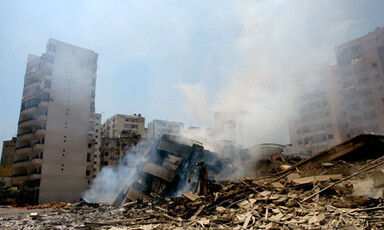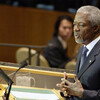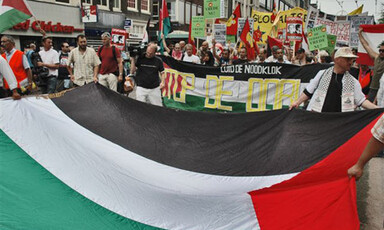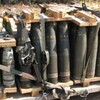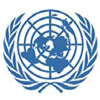
UN refugee chief urges rapid response for Lebanon displaced
24 July 2006
UN High Commissioner for Refugees António Guterres said Monday that his agency is positioning more than 500 tonnes of relief supplies along the Syria-Lebanon border but urgently needs assurances of safe passage to deliver the supplies to tens of thousands of displaced people. “The plight of the displaced in Lebanon is growing more difficult by the hour and it’s crucial that we get the humanitarian pipeline flowing now,” said Guterres. “UNHCR is trucking some 40 trailers loaded with over 500 tonnes of aid supplies from our regional warehouse in Jordan to Syria. It’s frustrating that we can’t deliver this aid, particularly when there are thousands of uprooted civilians in Lebanon who desperately need it.” Read more about UN refugee chief urges rapid response for Lebanon displaced
